
The path to women’s suffrage was paved with more than speeches and marches—it was littered with bizarre warnings and comic misfires. These myths once fueled rallies and headlines. Let’s follow them, discover the wild predictions that never came true, and see how fearless women turned “you can’t” into “we just did.”
“Voting Will Make Women Infertile”
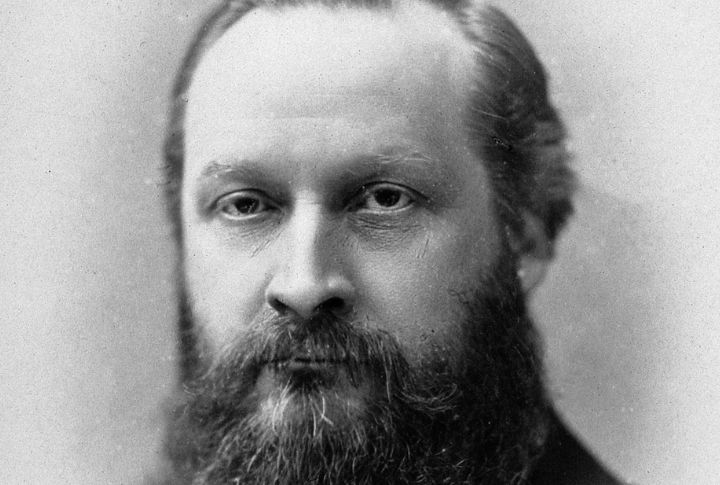
In the late 19th century, some physicians insisted that political engagement could overwork women’s nervous systems and cause infertility. Dr. Henry Maudsley claimed intellectual effort might harm reproductive health. These warnings filled journals and pamphlets. To counter them, suffragists pointed to women’s proven strength in wartime work and education.
“Women’s Brains Aren’t Built For Politics”
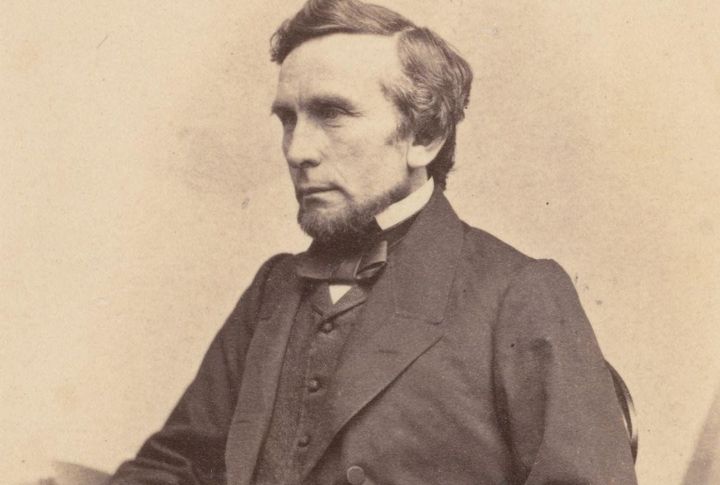
Harvard professor Edward Clarke argued that women’s brains were biologically weaker for intellectual challenges. Anti-suffragists used this to claim women couldn’t manage politics. However, IQ tests in the early 20th century disproved such claims, and women’s civic clubs demonstrated impressive understanding of complex political issues.
“Politics Is Too Dirty For Pure Women”
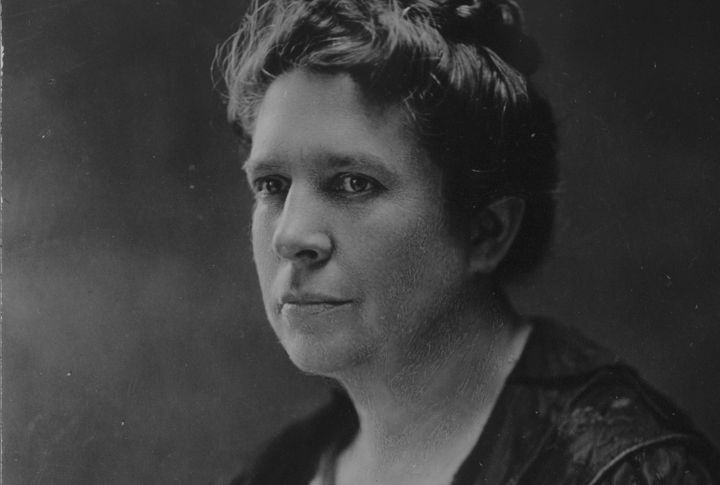
Victorian beliefs painted women as moral guardians, supposedly too pure for politics. Cartoons warned it would corrupt them. Yet reformers like Florence Kelley and Jane Addams used politics to push for temperance and child labor laws, often with more ethical leadership than many male politicians.
“Most Women Don’t Even Want To Vote”
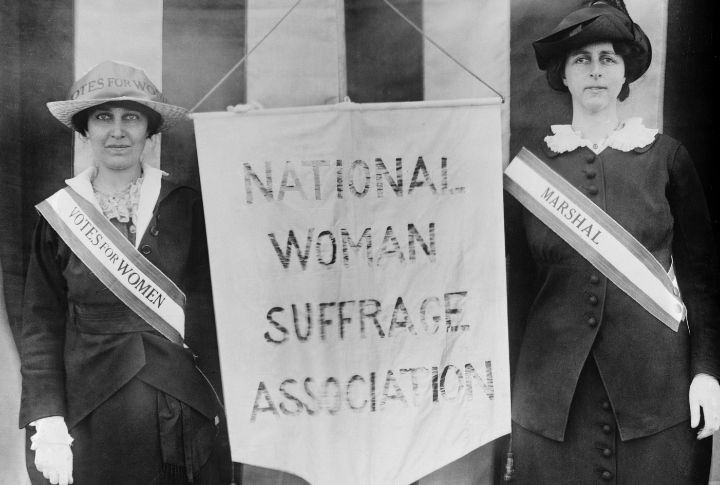
The National Association Opposed to Women’s Suffrage claimed women saw voting as a burden and were misled by radicals. Pamphlets promoted domestic life instead. Despite that, the 1913 Washington parade drew over 5,000 marchers, and nationwide petitions gathered hundreds of thousands of women’s signatures demanding the right to vote.
“Women Are Too Emotional To Make Rational
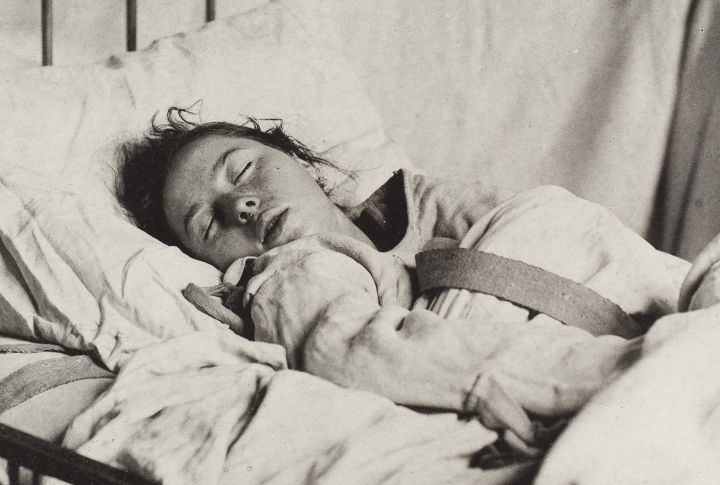
For decades, women were labeled “hysterical” to undermine their credibility and prevent them from participating in politics. Detractors argued that emotions would cloud judgment, claiming women couldn’t make rational decisions at the ballot box. Suffragists worked to dismantle this false notion.
“Voting Will Destroy The Family”

Fears ran high that voting would disrupt family life, with critics warning about arguments between spouses. A 1915 “New York Times” editorial insisted suffrage could harm women and destroy homes. Census data after 1920 proved otherwise, and numerous married suffragists noted that voting actually reinforced family bonds.
“Women Will Just Cancel Out Their Husbands’ Votes”
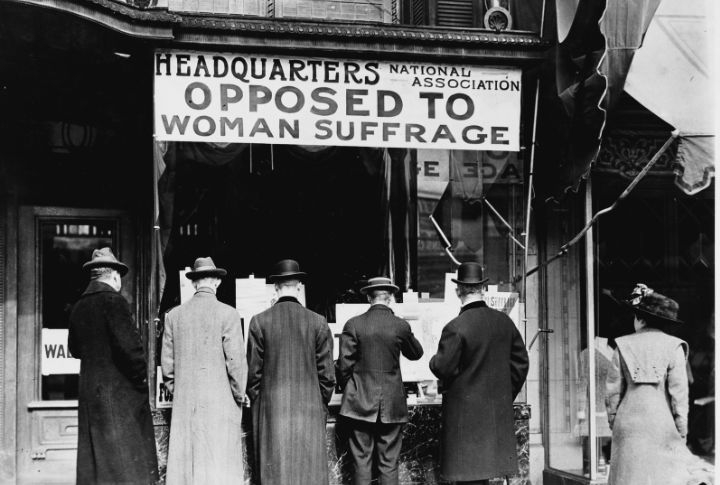
Opponents claimed husbands and wives would cancel each other’s votes, which undermined male authority. Others also proposed one ballot per household. This ignored the core democratic idea of individual voices. In reality, women’s votes reflected community priorities, not merely echoing or canceling their husbands’ choices.
“Eve Ate The Apple, And That’s Why Women Can’t Vote”
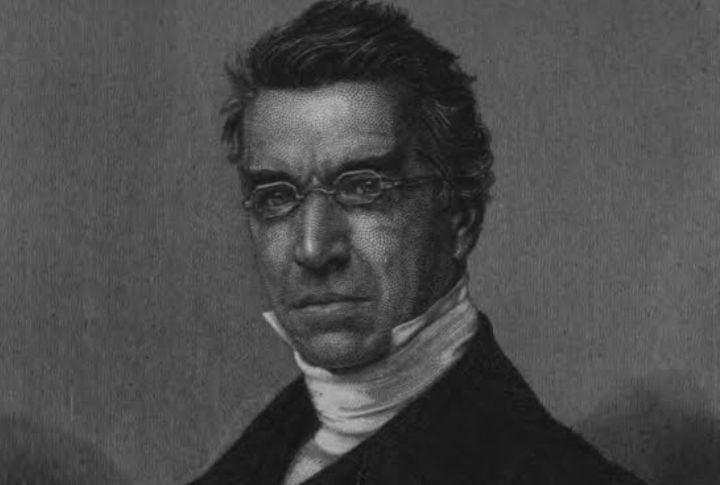
In the 1860s–70s, religious tracts used the Genesis story to argue that women lost equality through original sin. Reverend John Todd’s 1869 sermon claimed voting defied divine order. Meanwhile, suffragists like Elizabeth Cady Stanton challenged these religious arguments, and Quakers, a Christian group, supported women’s right to vote.
“Suffrage Is Just A Passing Fad”
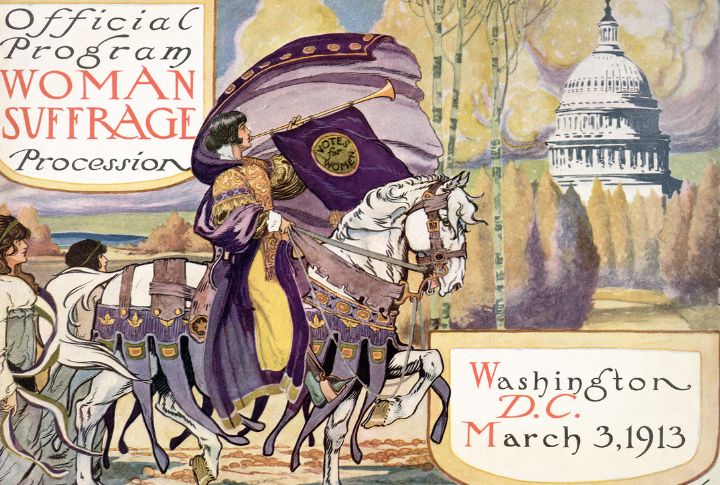
For more than 70 years, the suffrage fight unfolded through organized campaigns and legal battles and ended with the 19th Amendment’s victory. Even so, some editorials in “Harper’s Weekly” and “The Saturday Evening Post” dismissed it as a fashion trend, as cartoons portrayed suffragists as bored or vain.
“Women Will Vote For The Most Attractive Candidate”
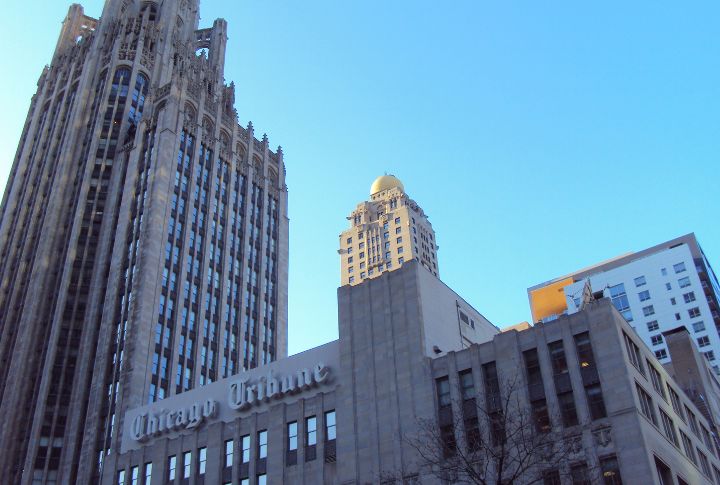
The “Chicago Tribune” in 1913 mocked “beauty contests at the ballot box” by claiming women would choose leaders for looks, not policies. Suffragists responded by hosting policy-focused forums and providing voters with clear, detailed information to show that women were making informed decisions, not just choosing candidates based on appearance.
